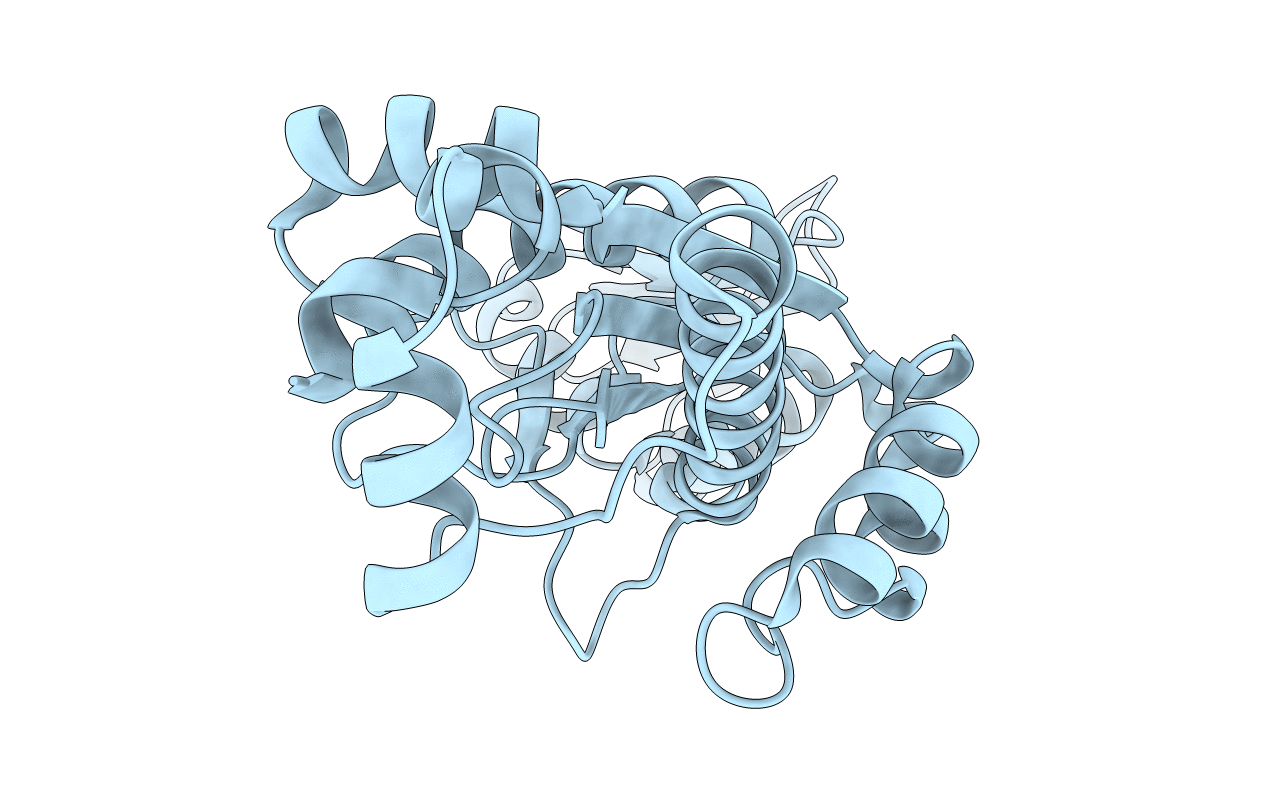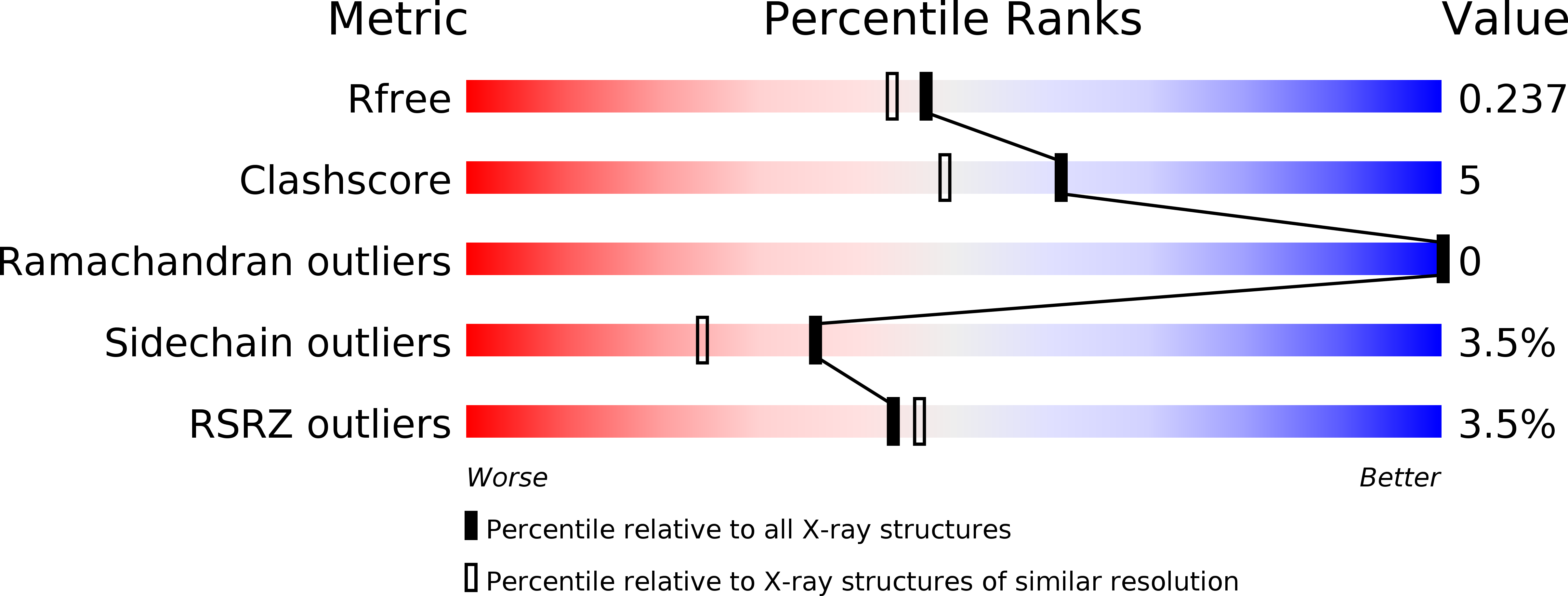
Deposition Date
2011-12-22
Release Date
2012-12-26
Last Version Date
2024-11-20
Method Details:
Experimental Method:
Resolution:
1.98 Å
R-Value Free:
0.23
R-Value Work:
0.20
R-Value Observed:
0.20
Space Group:
P 31 2 1


